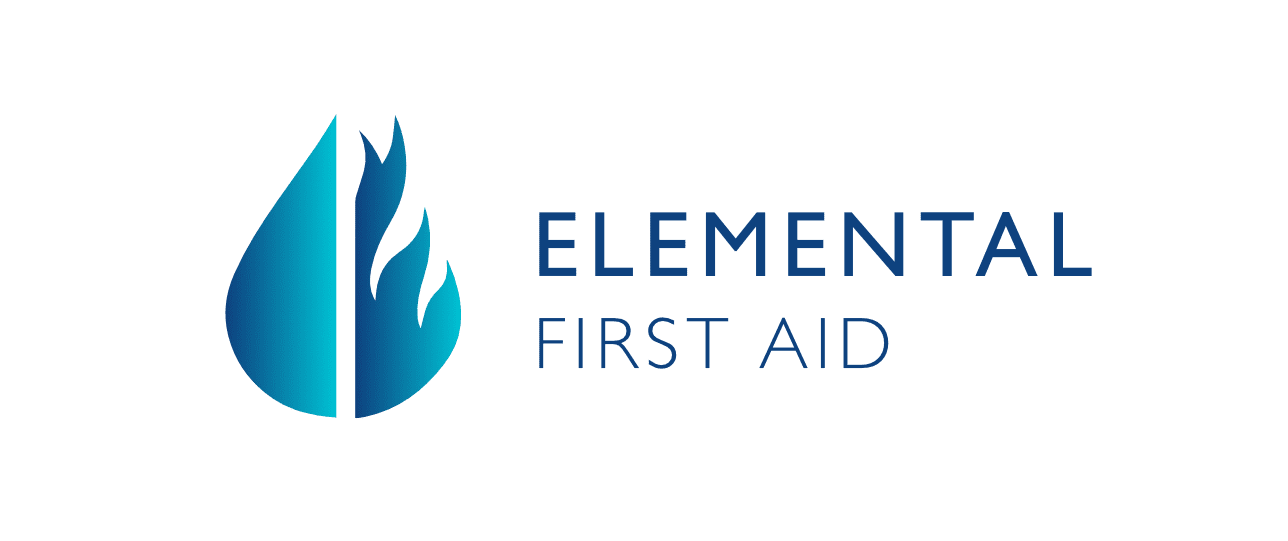Emergency First Aid with CPRC and AED Skills

Who should take Emergency First Aid with CPRC and AED Skills Training?
Who should take Emergency First Aid with CPRC and AED Skills Training?
Workplace Requirements
For workplaces with 6 or more workers on any one shift, Standard First Aid with CPRC and AED Skills is required.
Professional Designations
The Emergency First Aid with CPRC and AED Skills course is mandatory for specific designations such as Security Guards. We would always suggest a candidate at least partake in an Emergency First Aid with CPRC and AED Skills course as the bare minimum for their First Aid and CPR Training. Most employers would however prefer you hold the Standard First Aid with CPRC and AED Skills course which can be found by clicking here.
